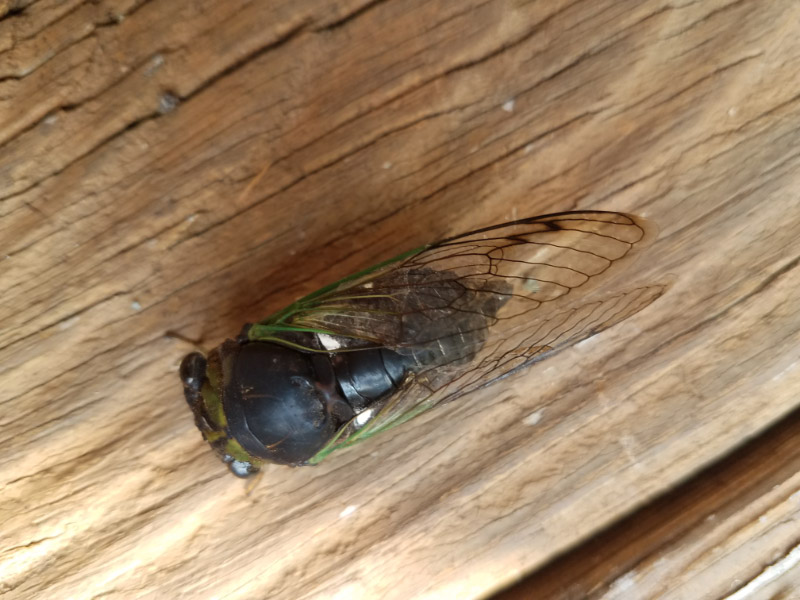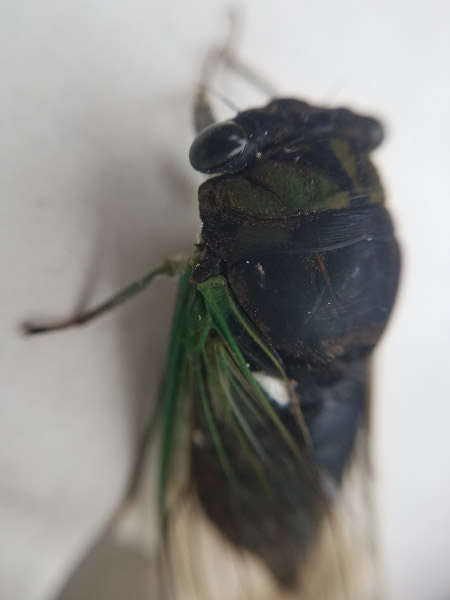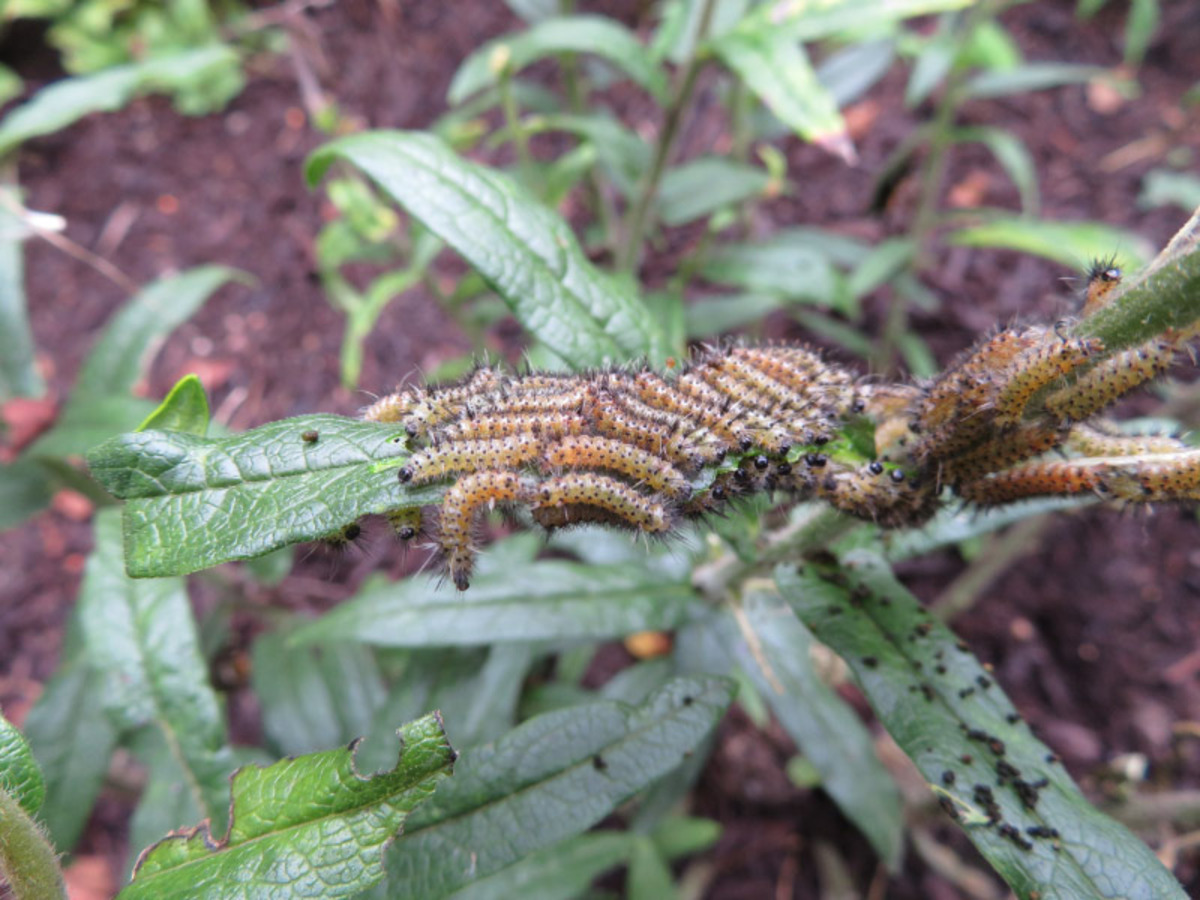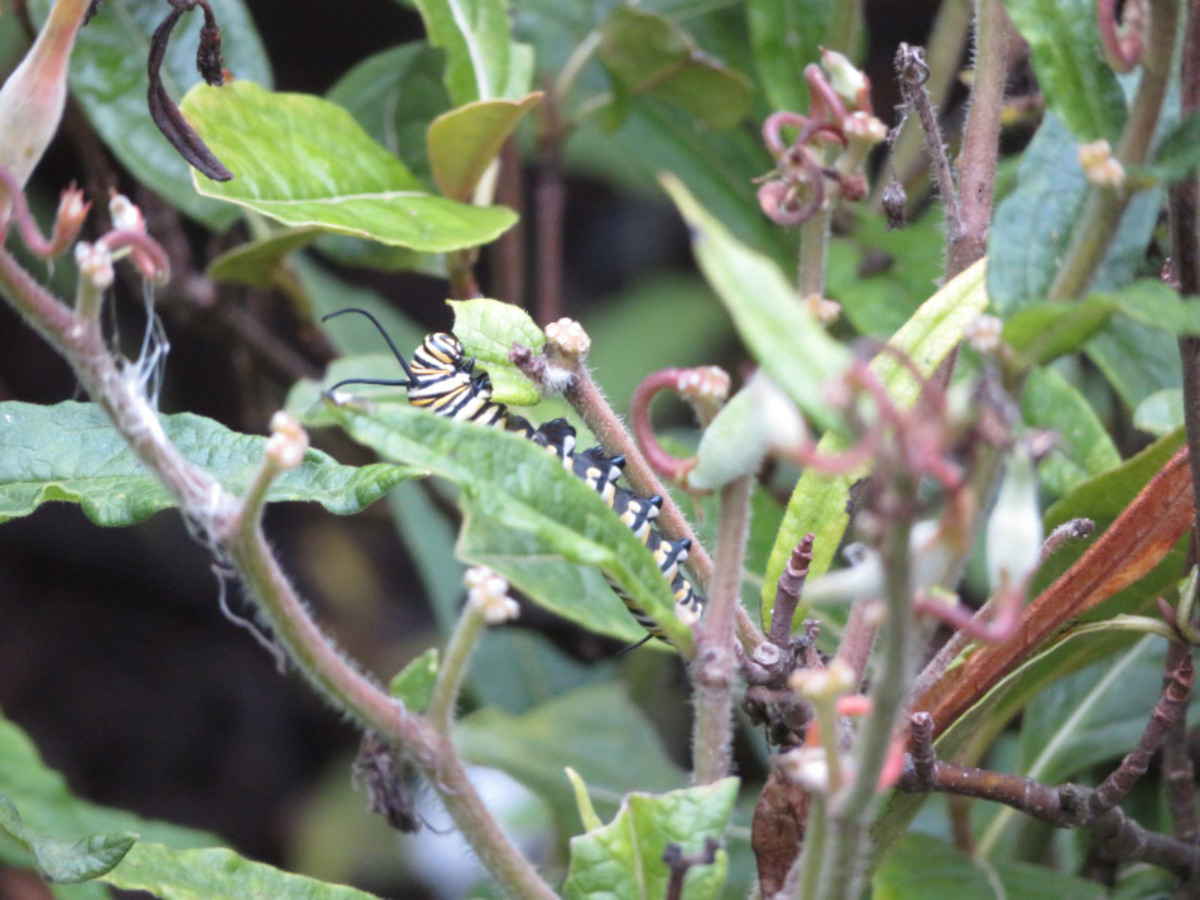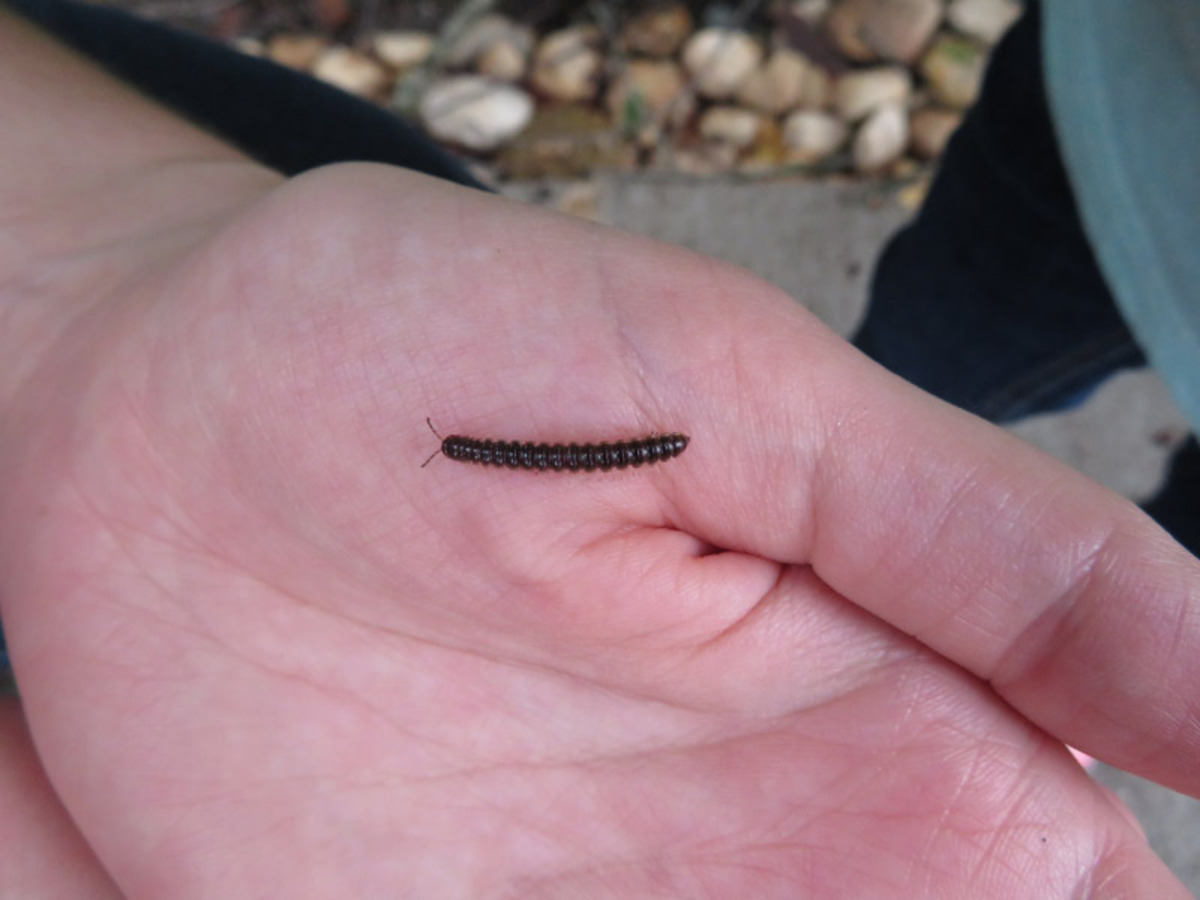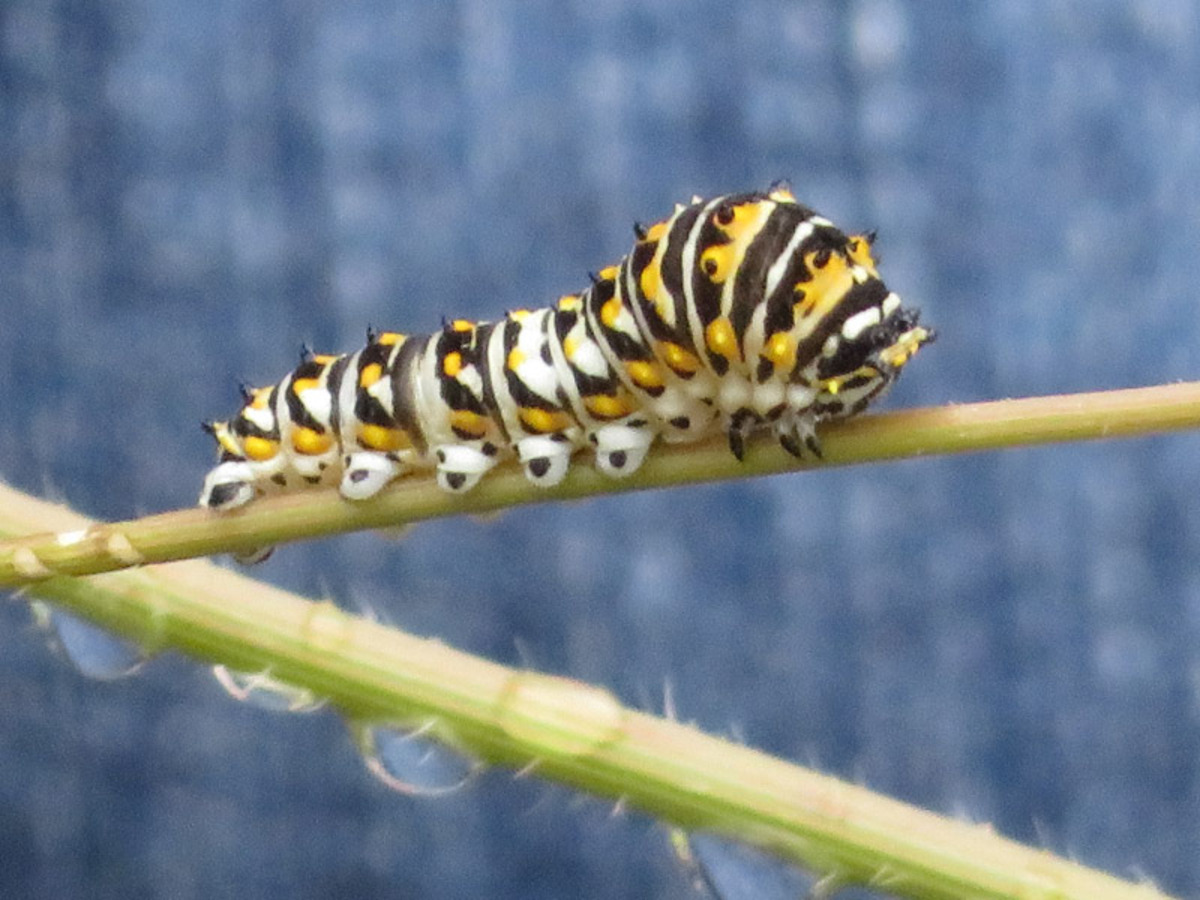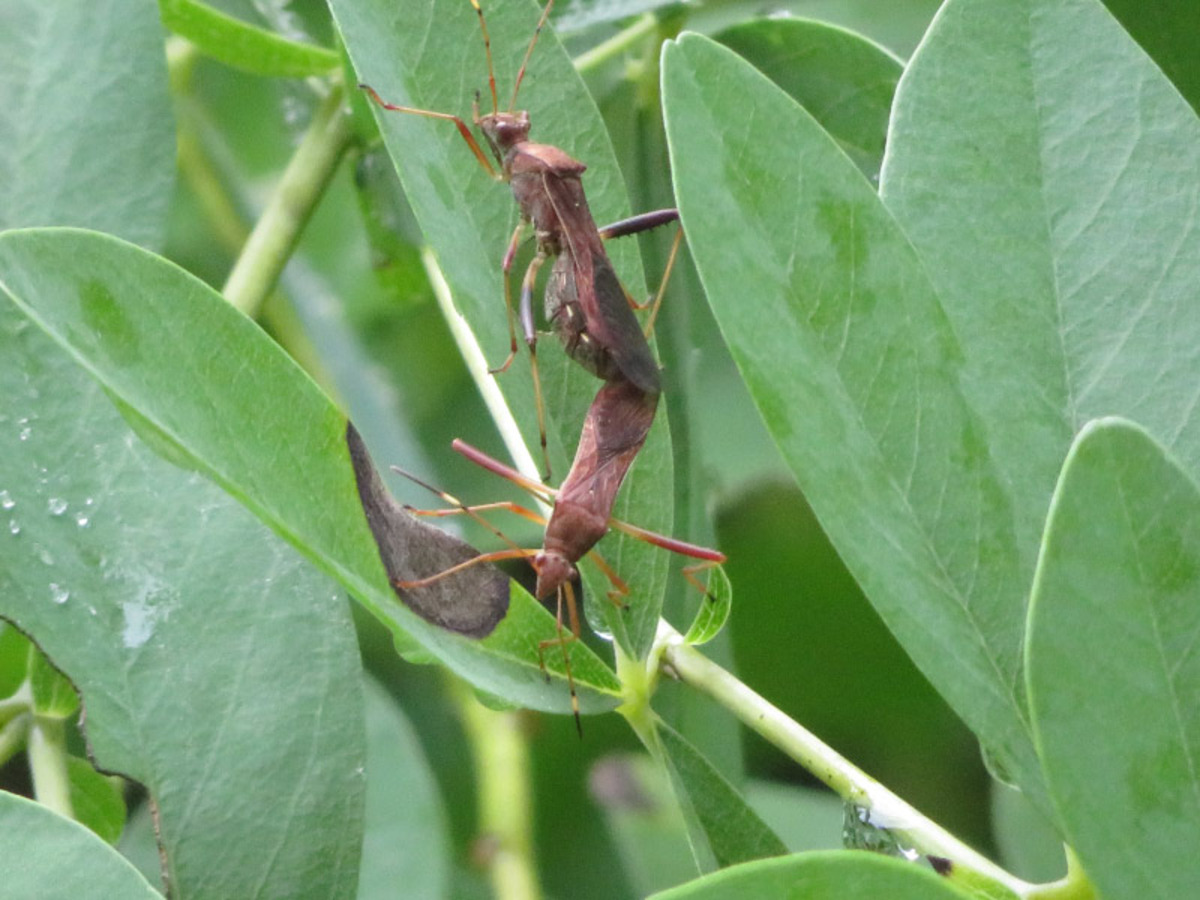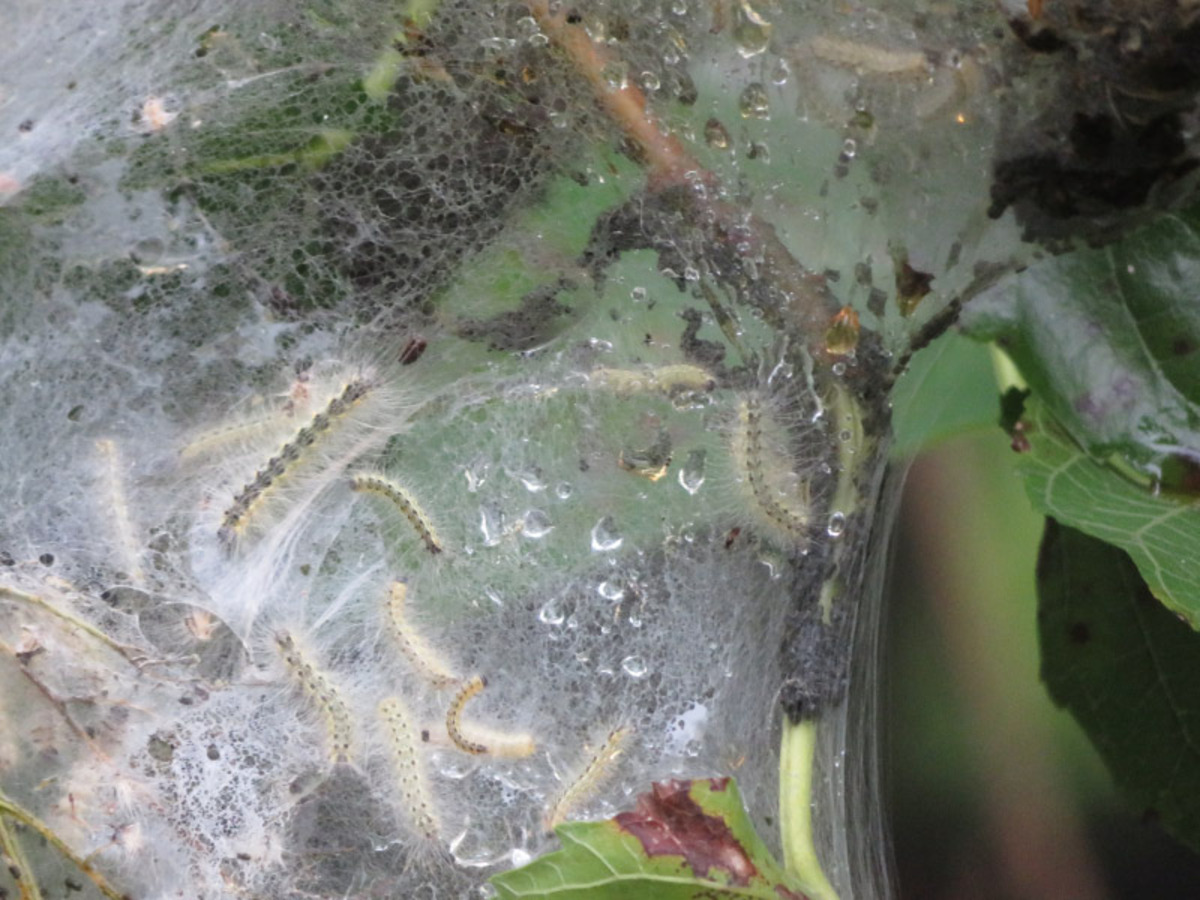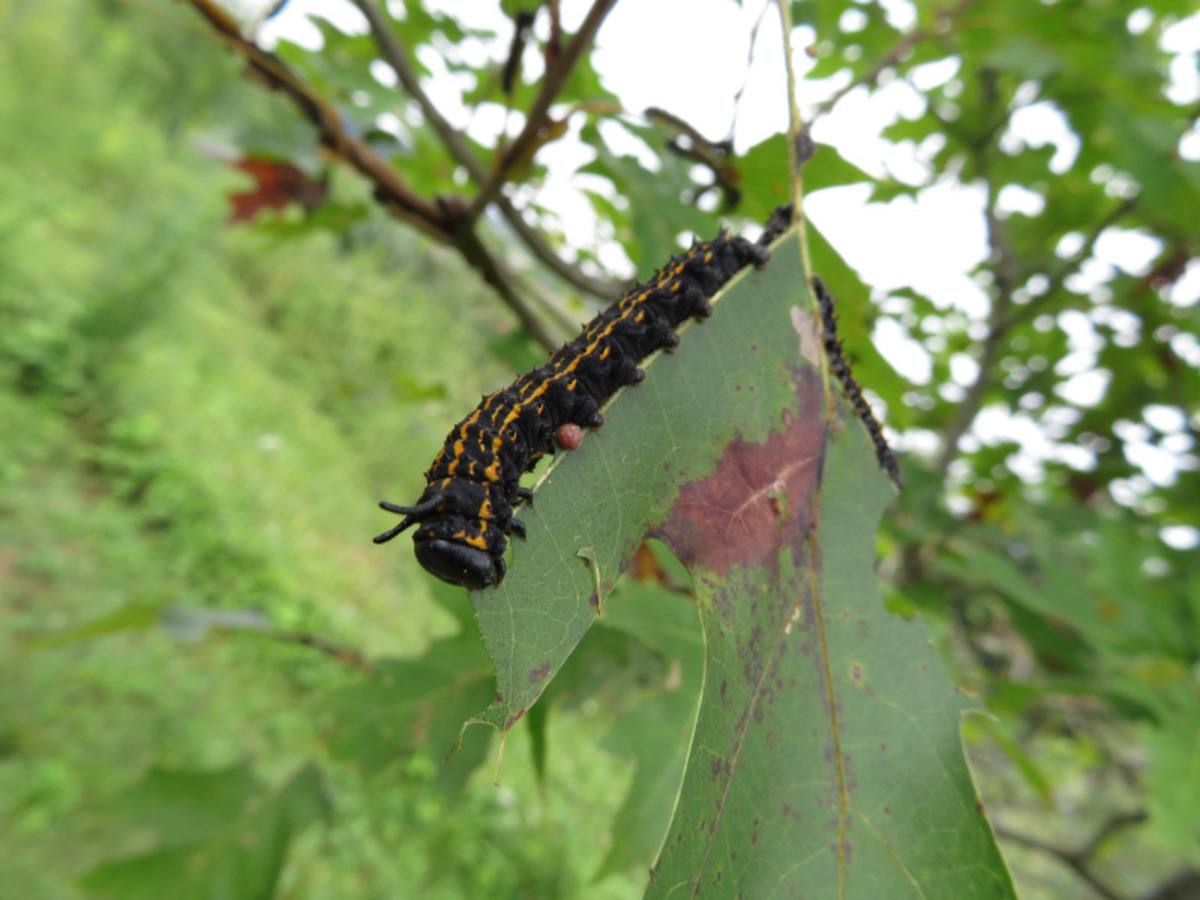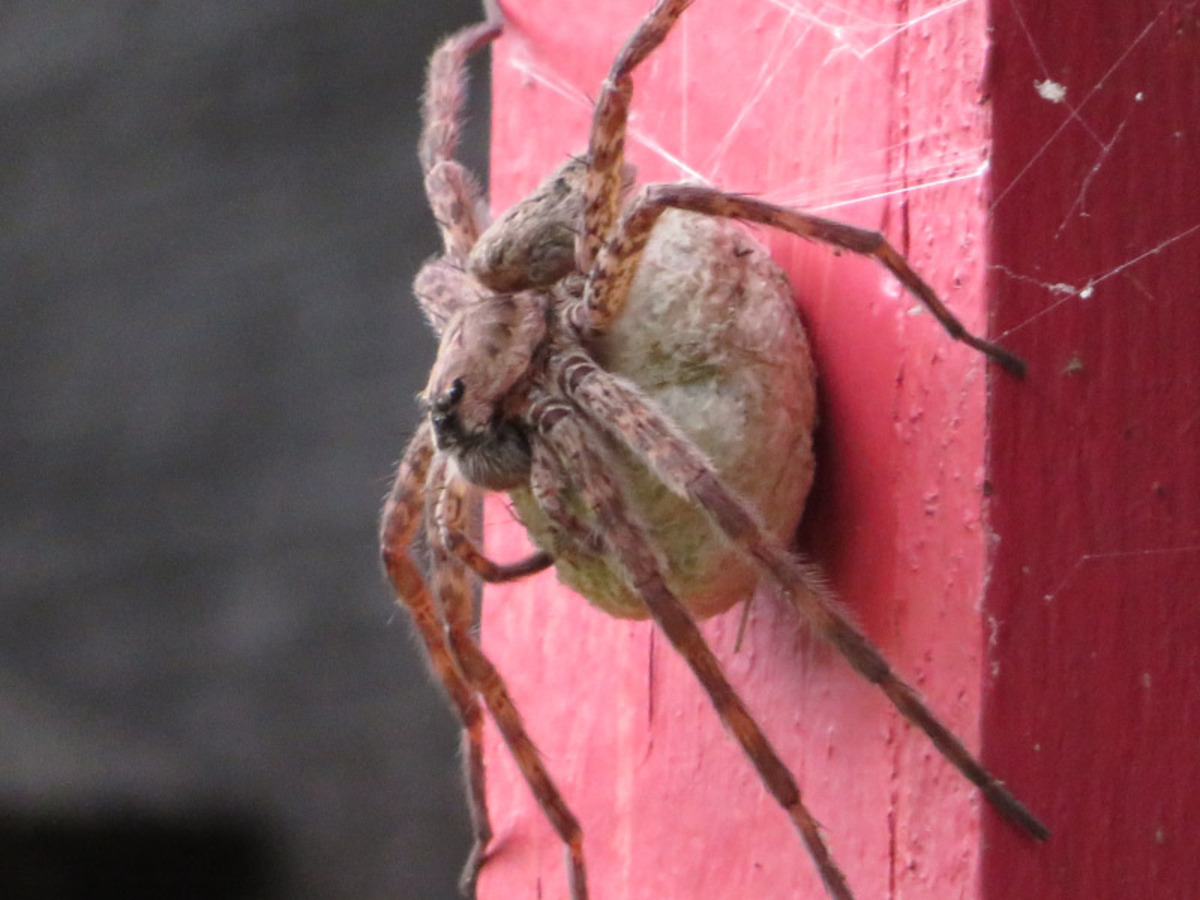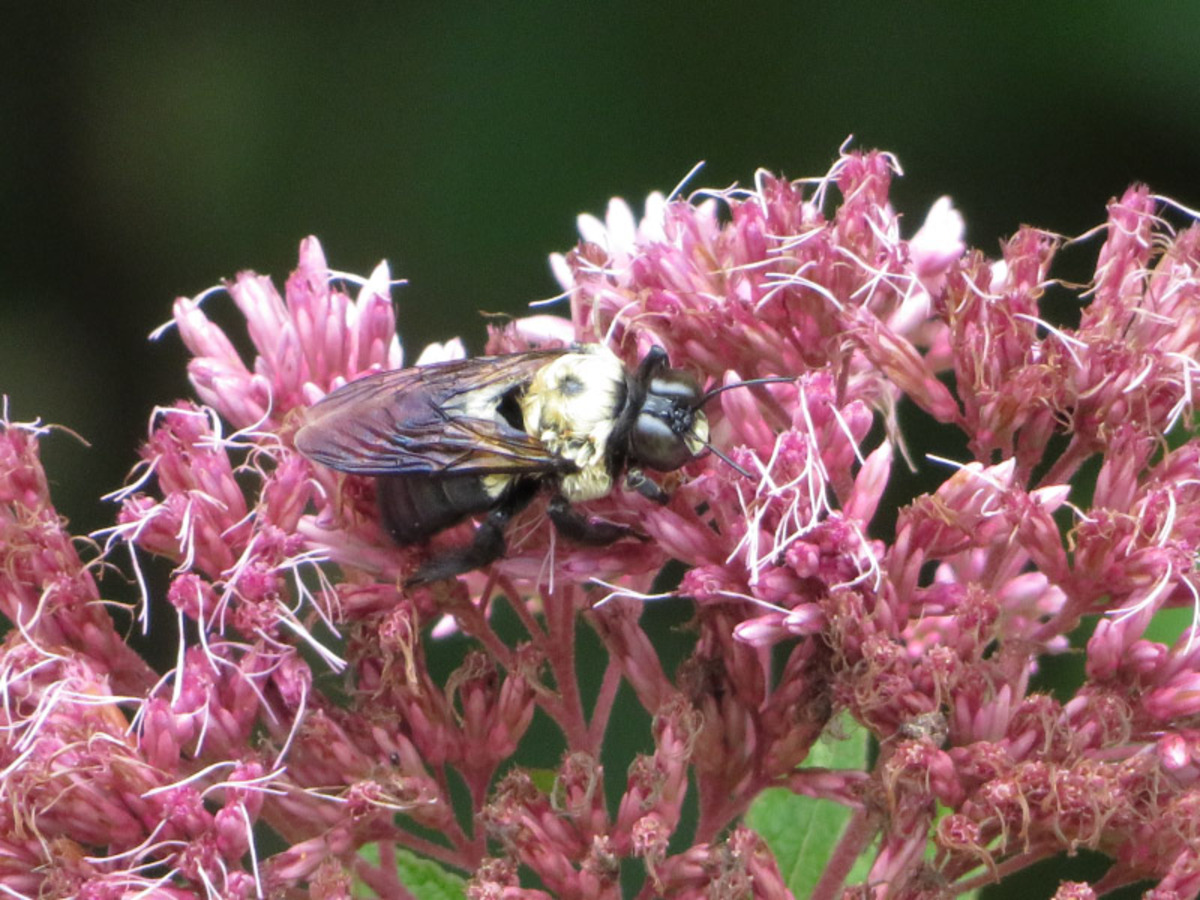The Grandcat
/We haven’t officially met my daughter’s cat yet; he became our ‘grandcat’ during the pandemic (no way for us to make the trek from Maryland to Missouri during this time). Here are some annotated pictures that my daughter has shared with us over the past month – every one of them a little positive tweak to the day. Enjoy the cat pictures!
My morning coffee companion
I am probably supposed to be doing something
Someone pounced on a tote bag
Someone is going to have to explain to his students why their papers got crinkled
Working at his desk
At his standing desk
This dude flying in the sky. Or laying on a yoga mat
Opened my eyes to this dude this morning
He was waiting on the end table on my side of the bed. But he had been curled up against me most of the night. Right now he had made a nest on me in the futon.
Dun dun, dun dun
Cat thermometer says its cold
Lounging on me right now
Cat on his throne
TV cat
He wants me awake so he can snooze on me
Unique Activities for Yesterday:
Blackberry Looper Moth. I finally remembered the little moth I captured in my office a few days ago….and used iNaturalist to identify it: a Blackberry Looper Moth. It’s small but a pretty shade of green with whitish markings. It probably came into my office on one of the flowers from the CSA cutting garden. My picture is magnified enough to see the antennae clearly; they are not ‘feathery’ so it is a female.


























